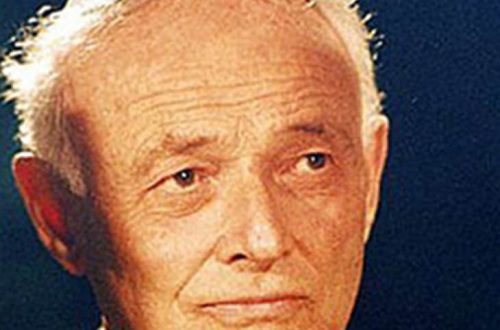President Bush has based his enormous, deficit-deepening tax cuts on the premise that they will jump-start the economy and help put unemployed people back to work.
But a Washington Post reporter who looked at the record of previous years could find no obvious correlation between cutting taxes and cutting unemployment rolls. In fact the evidence sometimes appears to suggest the opposite effect.
When President Bill Clinton raised taxes in 1993, the unemployment rate dropped, from 6.9 to 6.1 percent, and kept falling each of the next seven years. When President Bush cut taxes in 2001, the unemployment rate rose, from 4.7 to 5.8 percent, then drifted to 6 percent last year when taxes were cut again.
And earlier:
In 1964, federal taxation as a share of the economy stood at 17.5 percent, while unemployment was at 5.2 percent. That year, income taxes were slashed, lowering the tax rate in 1965 to 17 percent of the economy. Unemployment dropped as well, to 4.5 percent.
But then tax levels rose sharply, to 19.7 percent of the economy in 1969, while unemployment fell steadily, to 3.5 percent.
In 1981, President Ronald Reagan again slashed taxes. Taxation fell from 19.6 percent of the economy that year to 17.4 percent in 1983. The unemployment rate, however, rose over that period, from 7.6 percent to 9.6 percent. By 1989, taxation had drifted upward again, to 18.3 percent of the economy, but unemployment had fallen to 5.3 percent.
“If you could hold everything else constant, yes,” the correlation would be there, a Republican economist helpfully explained. “But everything else isn’t the same. That’s the big problem that economists have always had.”


